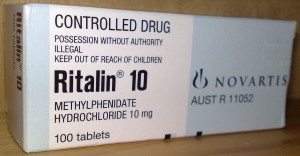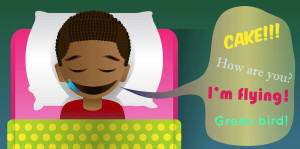Just this week the Food and Drug Administration approved genetically modified salmon for human consumption. The purpose of genetically modifying these fish are to have them grow at a faster rate and grow to a larger size. This leads to more food for people to eat, but when it comes to food, people want to be sure that it is safe.
The genetically altered salmon is called AquAdvantage salmon and it is an “Atlantic salmon that contains artificially inserted grown hormone genes from Chinook salmon and a genetic promoter from ocean pout (an eel-like fish) that makes these salmon grow at twice the rate as regular ones” (Figura)
The FDA should be trusted and they definitely spent the necessary time researching the potential issues that could arise, but for people that do not want to eat any genetically modified food this could be an issue. The salmon does not even need to be labeled anything different than regular salmon. Shoppers at the grocery store will not even know that the salmon is genetically altered.
Unfortunately it is hard to be certain about the safety of genetically altered fish without doing studies and observing the effects of them.
Even if a study was done, over a short period doing a random control trial comparing people that ate genetically modified salmon to people that ate natural salmon, there might not be any noticeable difference in this short amount of time but that does not mean that it wouldn’t present issues later on.
Nevertheless, doing a study that was a month or even a week could be valuable to see if there are any differences between the two groups. There probably is not one specific aspect that the study would know to look for so this study could suffer from the Texas Sharpshooter problem by measuring a lot of different things and finding one or a few that give back good enough results.
Although this is the first animal to be genetically modified for consumption, what some people do not realize is that genetically modified food already exists in many of the foods that we eat. Corn and soy are modified on a wide basis already and are products in many processed foods. “Currently, up to 92% of U.S. corn is genetically engineered, as are 94% of soybeans. It has been estimated that upwards of 75% of processed foods on supermarket shelves contain genetically engineered ingredients” (Center for Food Safety).
Now that salmon have been approved by the FDA for consumption, the logical question is what comes next? If everything goes well with salmon, it is very likely that more animals will become genetically modified to improve them and increase the food supply.
One suggestion already for the next animal to be genetically modified are pigs. Some pigs have already been genetically modified to be much more resistant to the swine fever, which is something that has no cure for pigs. This has a great benefit for farmers and the market for all meats that come from pigs in general. If this is already possible it does not seem at all out of the realm of possibility for pigs to start being genetically altered for human consumption.
So it has been demonstrated that pigs can already be genetically altered but these pigs are not ready for consumption yet. What challenges would pigs create compared to salmon to get them FDA approved? Are mammals more complex to work with than fish? Are people willing to eat genetically altered animals? These are all important questions to know before proceeding but it seems like genetically altered animals will become a lot more prevalent through the years. If the FDA says it’s safe, then I think we should be confident in at as consumers but seeing test studies that could reveal potential problems would be very helpful.










